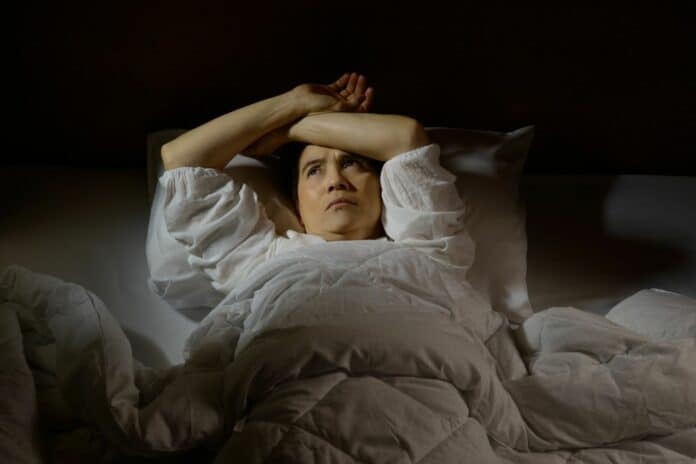Despite good sleep, people who are excessively sleepy during the day may have idiopathic hypersomnia, a sleep disorder. Recent research suggests it’s more common than believed. Published in Neurology®, the study highlights symptoms like prolonged sleep, difficulty waking, and disorientation, impacting daily life. Unlike narcolepsy, those with idiopathic hypersomnia may not feel refreshed after naps.
Study author David T. Plante, MD, PhD, of the University of Wisconsin–Madison, said, “It has been challenging to determine the prevalence of idiopathic hypersomnia because expensive and time-consuming sleep testing is required to make a diagnosis. We examined data from a large sleep study and found that this condition is much more common than previous estimates and as prevalent as some other common neurologic and psychiatric conditions such as epilepsy, bipolar disorder, and schizophrenia.”
In a study with 792 people (average age 59), researchers found that 1.5% likely had idiopathic hypersomnia. Those with the disorder experienced more severe sleepiness despite similar or longer sleep. A survey measuring sleepiness revealed an average score of 14 for those with idiopathic hypersomnia, compared to nine for those without. Scores higher than ten are concerning.
In the study, those with idiopathic hypersomnia took around 4 minutes to fall asleep at night and 6 minutes during naps. In comparison, those without the disorder took 13 minutes at night and 12 minutes during naps. Researchers followed people with idiopathic hypersomnia for an average of 12 years. They found that excessive daytime sleepiness was often chronic. However, it went away for 40% of those studied, providing hope for patients and highlighting the need for further research on remission factors.
Plante said, “Our results demonstrate that idiopathic hypersomnia is relatively common, more prevalent than generally assumed, so there is likely a sizable difference between the number of people with this disorder and those who seek treatment. Further efforts to identify, diagnose, and treat those impaired by idiopathic hypersomnia are needed. Additional research may also clarify the causes of idiopathic hypersomnia and lead to new treatments.”
A limitation: the study focused on employed participants, so prevalence may differ in other groups, possibly higher in the unemployed due to higher rates of job loss and disability in people with idiopathic hypersomnia.
The study was funded by Jazz Pharmaceuticals, the maker of a drug for idiopathic hypersomnia, alongside support from the National Heart, Lung, and Blood Institute and the National Center for Research Resources at the National Institutes of Health. While the lead author connects with Jazz Pharmaceuticals, the study authors affirm that funders had no role in study design, data collection, analysis, or manuscript preparation.
This study challenges the belief that idiopathic hypersomnia is rare, revealing a prevalence of 1.5%. People with the disorder experienced more severe sleepiness and faster sleep onset times. Long-term observations showed chronic sleepiness for many but offered hope, as 40% experienced resolution.
However, the study’s focus on employed participants may impact generalizability. Funding from Jazz Pharmaceuticals introduces considerations, but the authors maintain that funders did not influence the study’s critical aspects. The findings highlight the need for broader research on this sleep disorder.
Journal reference:
- David T. Plante, Erika W. Hagen et al., Prevalence and Course of Idiopathic Hypersomnia in the Wisconsin Sleep Cohort Study. Neurology. DOI: 10.1212/WNL.0000000000207994.
